India has the highest number of vegetarians in the world, with more than 400 million people identifying as vegetarian. However, various surveys over the years show that the estimated percentage of the vegetarian population is anywhere between 23% and 37%. That leaves a huge percentage of the population with non-vegetarian food habits.
So why is it that a country, where the majority consumes poultry and meat, is considered as the vegetarian capital of the world?
Historical evidence of meat consumption
India’s abundant forests, animals, birds and fishes ensured that meat-eating was a widespread practice. Archaeological evidence from the Harappan civilization also points to the consumption of animals. Even animal sacrifices were prevalent.
However, due to the spread of Jainism and the teachings of Buddha, vegetarianism became more common, with Hindu communities too turning to vegetarianism. Yet, other than upper castes, a large population continued eating meat.
Yet now, with a huge population that is verifiably non-vegetarian, for the West, India continues to be a place of strict vegetarianism.
A lot of it has to do with the fact that government data shows that vegetarian households are more affluent and have a higher income, which is how the ‘vegetarian stereotype’ is more likely to take over people’s minds.

“This power to represent communities, regions, or even the entire country is what makes the stereotypes. The term non-vegetarian is a good case in point. It signals the social power of vegetarian classes, including their power to classify foods, to create a ‘food hierarchy’ wherein vegetarian food is the default and is having a higher status than meat. Thus it is akin to the term ‘non-whites’ coined by ‘whites’ to capture an incredibly diverse population who they colonised,” said anthropologist Balmurli Natrajan and economist Suraj Jacob.
Also Read: Are Vegetarians Bearing The Brunt Of Non-Vegetarians’ Food Choices With Constant Pandemics?
More Indian men consume meat than women
According to the National Family Health Survey, 2015-16, 42.8% Indian women and 48.9% of men consumed poultry and meat weekly.
The survey also noted that meat and egg consumption increases with increasing household income, however, the richest 20% of Indians consume slightly less meat and eggs, bucking the trend.
The young state of Telangana has the highest percentage of non-vegetarians with 98.7% of the population consuming meat. West Bengal (98.55%) and Andhra Pradesh (98.25%) follow closely.
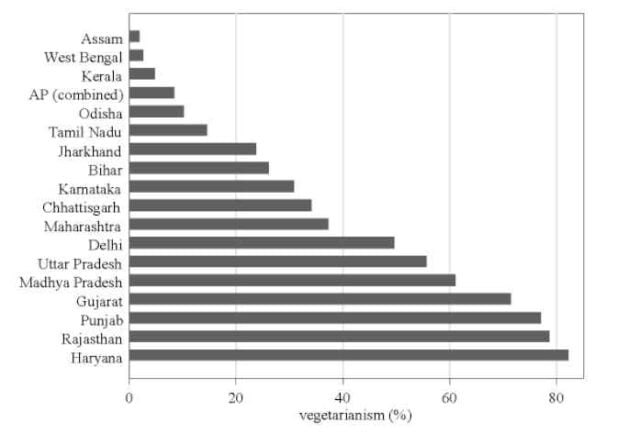
Meanwhile, Rajasthan, Haryana and Punjab are states with the lowest percentage of non-vegetarians.
People from Southern states like Kerala and Goa and Eastern states like Assam and Tripura also had large non-vegetarian populations.
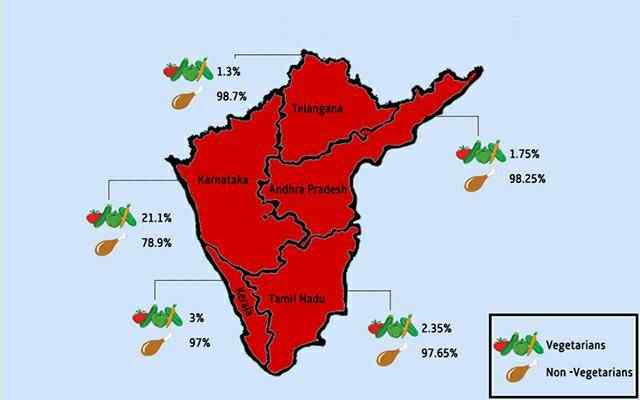
Weekly consumption
While surveys have identified that India has a small vegetarian population, the weekly and daily eating habits of most Indians stray away from non-vegetarianism.
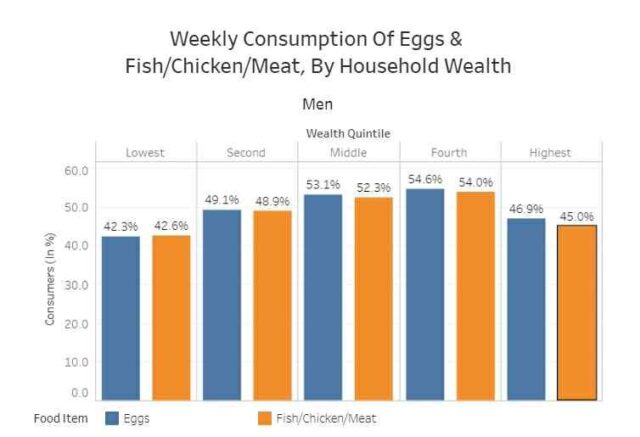
According to the National Family Health Survey, barely 6% of the population eats meat on a daily basis, and nearly 40% on a weekly basis, thus showing that regular meat-eating Indians are relatively less.
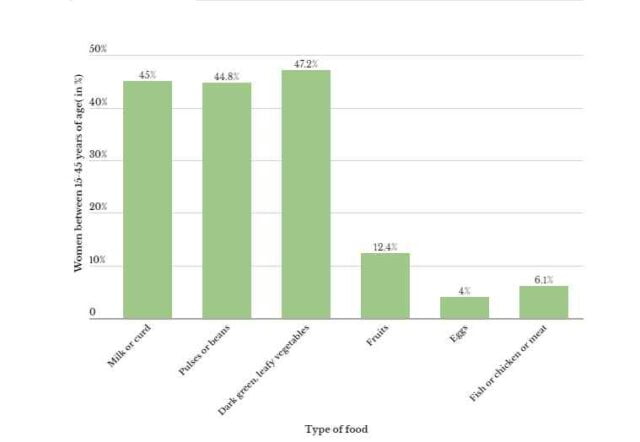
Underreported meat consumption due to cultural factors
India has a violent history of mob lynching and social ostracization of people who consume beef because a cow is considered to be sacred in Hinduism. India’s ruling party, BJP, does not hide its inclination towards vegetarianism. Food choices have become very much political.
In such a nation, the consumption of beef is not as high as in western countries.
A reported 7% of the population eats beef. However, this figure is disputed by many researchers, who claim that the actual statistic is closer to 15% with people unwilling to admit to eating meat due to cultural and religious factors. A 2015 study of urban middle-class Indians found that young people felt “you eat [meat] in secret, away from your family”.
India, with its smorgasbord of cuisines, both vegetarian and non-vegetarian, should not be restricted to an outdated stereotype that is being propelled into people’s consciousness by sheer ignorance.
Numbers don’t lie, so although daily consumption of meat is not an entirely common phenomenon, it is also wrong to assume that vegetables and pulses are all that an average Indian consumes.
Image Sources: Google Images
Sources: BBC, IndiaSpend, Business Today
Find the blogger: @RoshniKahaHain
This post is tagged under: are most Indians vegetarians, Is vegetarianism increasing in India, Indian vegetarian nation myth, what percentage of Indians are vegetarian, non-vegetarian population in India by state, reasons for vegetarianism in India, percentage of non-vegetarian in India, Are most people in South India non-vegetarian, beef consumption in India, why is india veg, veg habits, reasons for being a veg country, majority vegetarians, non veg eaters in india



























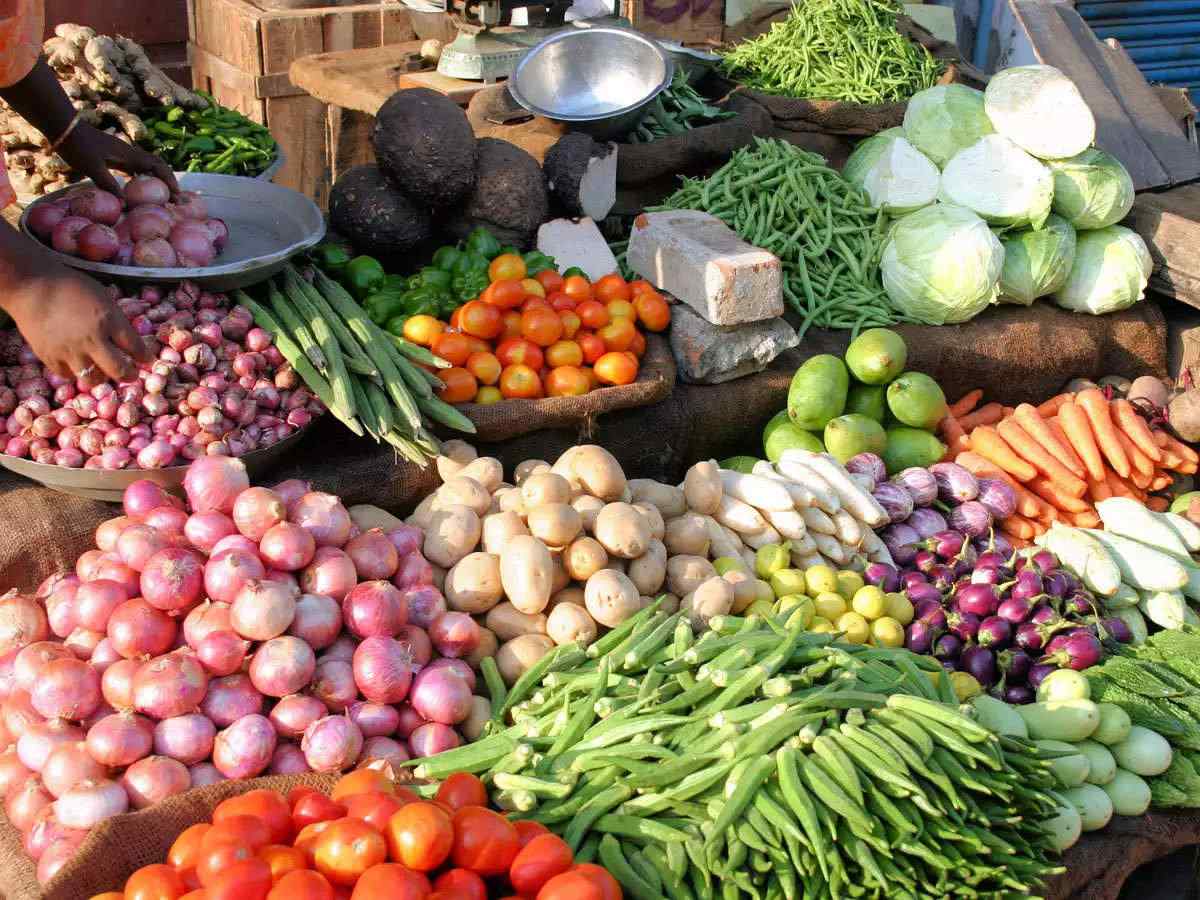










Data just does not add up. Largest states are vegetarian but authors say 70% are Vegetarians. Another joke is the author bringing up lynching. Even if there is lynching that is against beef which is eaten by 7%. Another joke rich kids eat meat secretly but the country is 70% non vegetarian and only 20% are rich and their kids are ashamed to eat meat. How many are they in billions. The article is a joke and tries to just built up a myth. The author is just a modern day writer who wants to earns something during pandemic and uses data recklessly to prove lies.
Right si
Data just does not add up. Largest states are vegetarian but authors say 70% are non Vegetarians. Another joke is the author bringing up lynching. Even if there is lynching that is against beef which is eaten by 7%. Another joke rich kids eat meat secretly but the country is 70% non vegetarian and only 20% are rich and their kids are ashamed to eat meat. How many are they in billions. The article is a joke and tries to just built up a myth. The author is just a modern day writer who wants to earns something during pandemic and uses data recklessly to prove lies.
Bro… Non-vegetarian population doesn’t eat meat all the time! They mostly consume vegetarian diets…for most it’s just delicacy which they have once a week or a month!
Mostly the diet of indians is vegetarian.
Because India is only Country with 30% vegetarian population.
Also 20% are non vegetarian by their hardline religion so can’t be counted.
Also most of the so called non vegetarian people eat meat only occasionally.
There are guys giving their skewed mis-interprations and comments on a factual write-up. It can be viewed in a better way through the following moral story.
Upma used to be served everyday in a hostel of 100 inmates. Out of 100 students 80 students complained saying they wanted a different tiffin each day.
But, 20 students were happy to eat Upma everyday. 80 students wanted to have something other than Upma.
With great confusion to come to a conclusion, the warden arranged for voting. Which ever tiffin gets majority, that tiffin will be served.
20 students who wanted Upma voted promptly. The remaining 80 students voted as per their taste.
18: Masala Dosa
16: Aloo Parota & Dahi
14: Roti & Sabji
12: Bread & Butter
10: Noodles
10: Idli Sambar
So, as per the voting pattern & Majority, Upma continued to be served.
Lesson: *As long as 80% of the population looks around, selfish, divided & scattered, 20% rules us*.
*A SILENT MESSAGE FOR ALL TO CONSIDER*
QUESTION – When are Non-Upma Eaters going to really group up????
Are you sure about 75% vegetarians? Almost every Sikh and Punjabi Hindu appears non vegetarian. I had difficulty in finding pure veg restaurants in Punjab.